The entire premise of objects in film is an art form in itself. I have always been interested in prop design and making (especially in science fiction).
What happens to the narrative when we focus on these objects or take them out of context - all these artefacts have stories of their own and they are intricate elements of design usually overlooked in film.

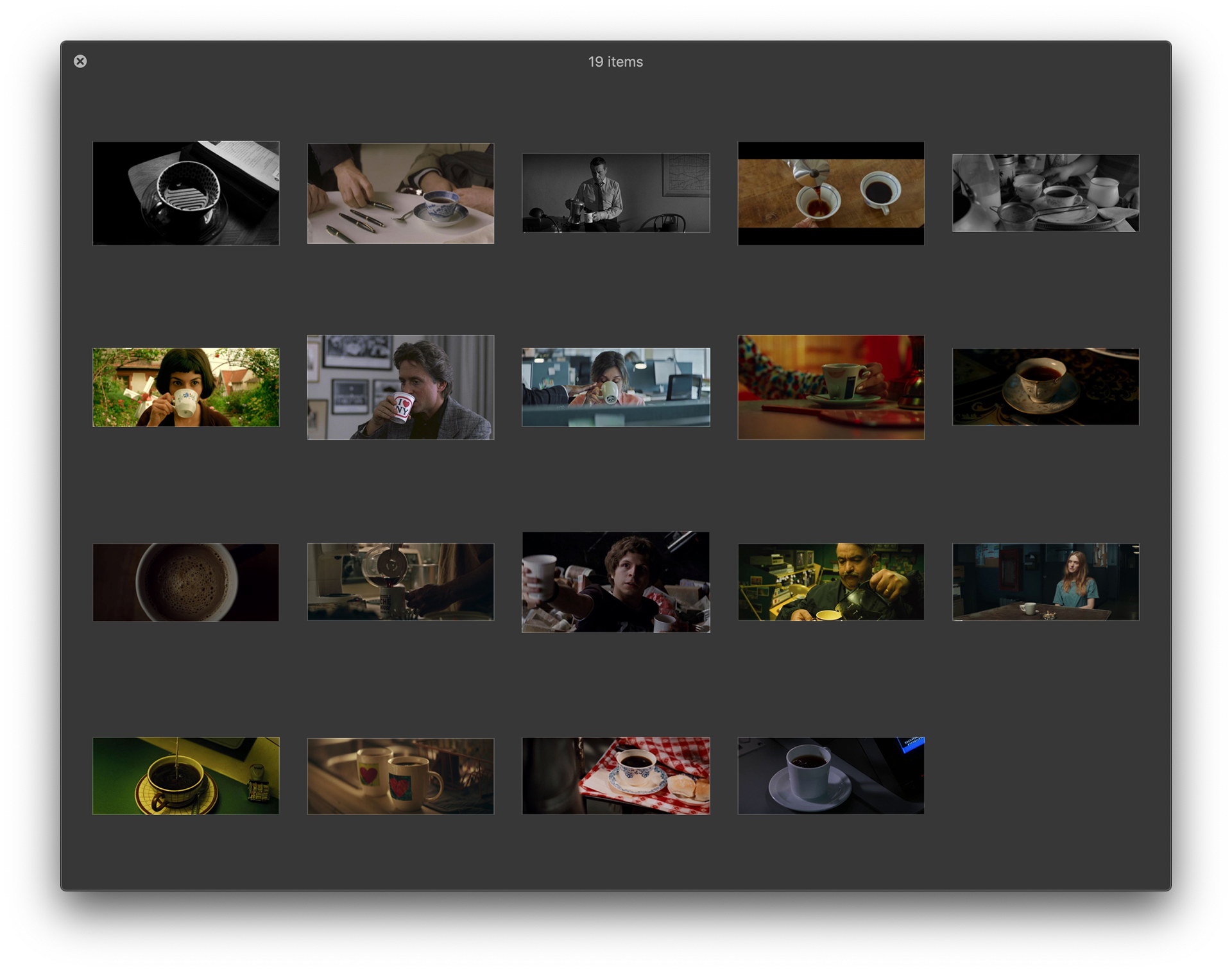
Starting out I collected screen grabs from different films of coffee and cigarettes. My reasoning here was these items tend to be related to connection - people would offer one to one another and they are both social objects. Another reason is they are usually an extension of a character in a scene.
Creating this sketch was just a way to visualise these ideas and communicate my way of thinking at this point. Can these objects mean more?
I liked how a lot of these images come with narrative weight to them as we know the films they are associated with. When we know these stories its odd to see them out of context and it begins to change the meaning of the object entirely. These items are so unimportant and uninteresting that they become important and interesting when we give them meaning.
Now having split my work flow into three pathways I began to see it much clearer and less convoluted.
ANALYSIS - To dissect the films, look at them differently and break them down. Over-analyse them frame by frame. Will mainly be a machine-learning workflow.
I began by taking every frame from Ridley Scott's Alien (1979) and set myself the task of bringing it into runwayMl for a few brief experiments. I had some bother with file compatibility but after a tedious day I was up and running.
To start off I wanted to keep it simple and consider what we see vs. what the computer sees. I find this kind of work humorous and nice little experiments to have. With a serious film it is interesting how a computer can view a narrative differently and churns out a very shallow portrayal of the film itself.
in design elements form props to set it made sense to use something that was so pivotal to the design of sci-fi and the aesthetic of retro futurism.
I focused on breaking down different elements, text, colour, composition, objects, setting and so on. Text was interesting and i think they're may be more to work with in this area but as of yet I've not quite came to realise where I can take this.
Maybe begin singling out words and rearranging them or something?
I found object detection to be one the most interesting outcomes from RunwayML. I liked the singling out of people and items and the way the program can pick up vast amounts of detail whilst still getting these false positive images.. These errors in the software make for very nice imagery and can create compelling depositaries of hundreds of images.when I turned my attention to object detection as that had been a primary interest in my initial ideas of breaking down a film. Looking at a narrative from the perspective of a random object that is banal.
The direction this section of my work is taking is enjoyable and I find the outcomes really interesting but I got into a place of being unsure exactly what to do with these visual investigations.
I found interest in the detection of people as a common theme throughout the alien franchise and science fiction in general is morality and what it means to be human? Or more importantly what dictates being human?
Finding patterns in film within these objects is a very interesting way of communicating an alternate narrative of well established films in pop culture.
There are certain objects that become symbolic and iconic. These small representations of something much bigger in these fabricated works of fiction.
Some are intended to have a strong emphasis on their importance to the narrative as seen below.
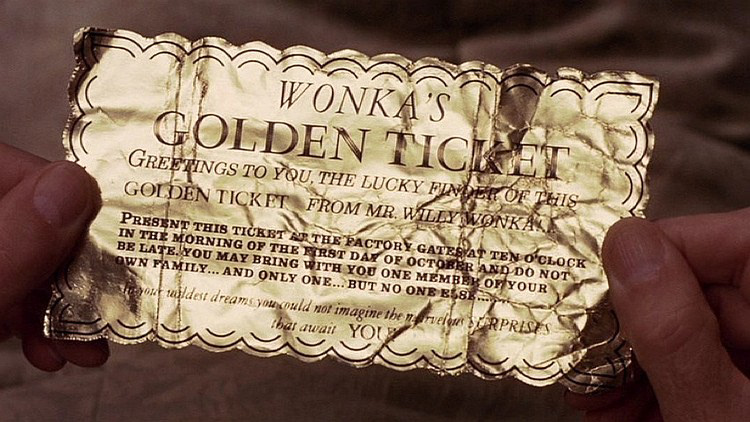
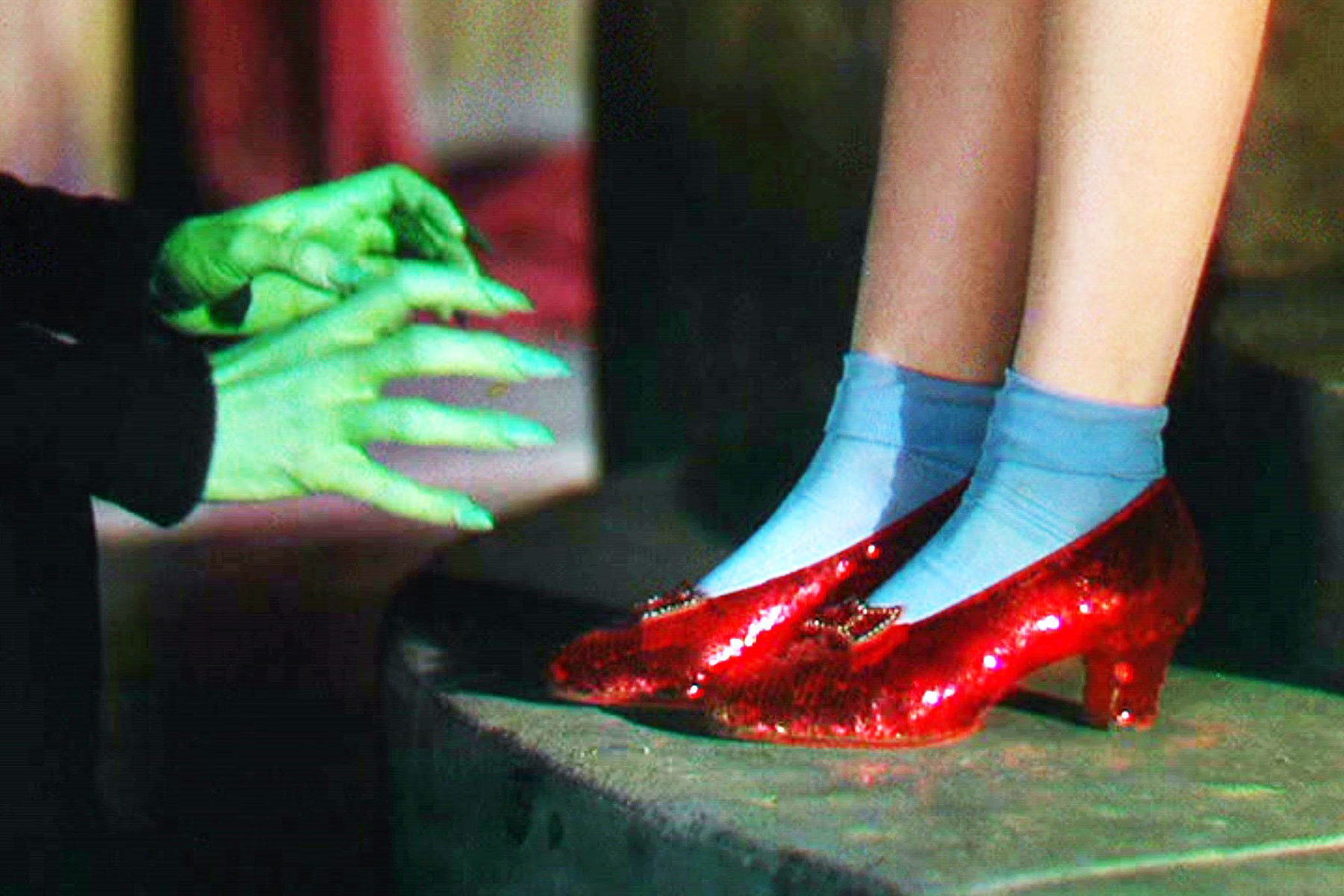
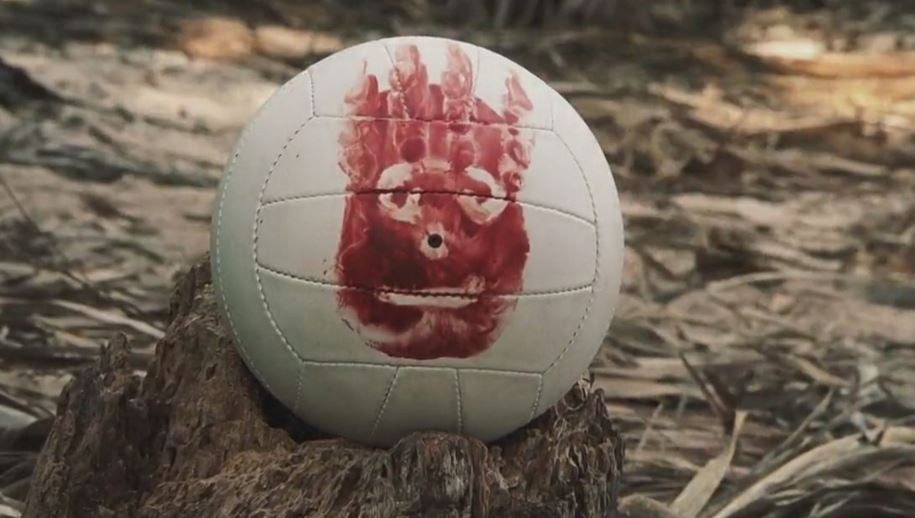

But what about the other banal objects. Monitors that flicker in the background, picture frames on a shelf, a pack of cigarettes in someones pocket. These items are intentional so what happens when we bring them under a microscope. Does it change how we see these films.



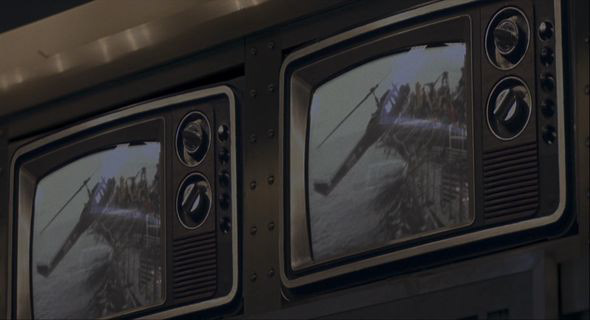
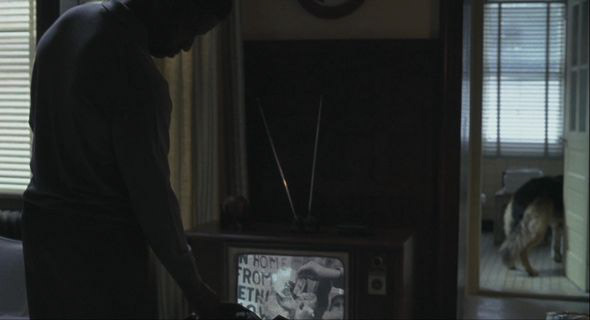


Using Runways YOLO object detection model I ran every frame of Alien through the engine and received a data set of what a computer thought it saw throughout the duration of the film.
It's interesting looking at computer vision in film and how we find funny little discrepancies.
When considering all these small broken down elements of design in film I was reminded of Barry Rosenthal’s still life photographic series “found in Nature” where he highlights different pieces of waste found in the ocean. They are beatifically simplistic yet striking.
By collecting these depositories that containing a few errors it manages to destroy any sense of authority over what these objects actually are. They are just pixels. Something that a child's eye could easily define is complex for a computer.
There is also a general awkwardness to these images which creates something humorous and clunky. Extracting everyday objects from iconic films is interesting yet questionable. The difference between each image is also rich, some are blurry background images when others are focal points of the film. The blurred incomprehensible squares have a feeling of there own - like they're not meant to be viewed with such scrutiny and give a kind of surveillance feel to the image.
I considered elevating these images by printing large posters physically with some sort of back lighting to really focus on these individually. I think I have to further consider how to display such work and consider making these a series.
Looking through these objects and considering their weight in narrative was a strange yet rewarding workflow - it really makes the viewer question the reality we are placed in within the film and questions its fragility. We are so used to viewing film as experiences in which we don't control and we are absent passengers on these journeys.
I considered 3D scanning some objects and manipulating them into some form of science fiction design of what we're familiar with but I ended up straying from this work flow to take a different approach.
I wanted to focus more on how I would display these contact sheets and what importance the have. How could users interact with these objects from the screen.
I really liked the outcome of the lerp sketch I came across by Rick Companje - it emulated the user interfaces of science fiction whilst honing in on these fantastic crops of frames.
Displaying the sketch on a on black and white monitor I acquired became a nice final outcome for these contact sheets and communicated my ideas well.
I however wasn't finished there, the monitors from alien have been one of my favourite parts about the film all together. Their blocky clunky makeup and the CRT screens add this degree of real life to the film and they are beautiful in design. What I find particularly interesting as well is there designs importance to narrative yet they are only displaying these synthetically designed interfaces. It's an interesting subject matter in itself and relates back to my initial question of -
what is the information being given and who is meant to understand it?
To us these space travellers must be really smart as they can make sense of 100 lines of number flying across the screen per second. The design just adds to the films beauty.
When we hone in on these monitors we gain a sense of understanding from them - there is bits and pieces we can clearly identify but others are more confusing and random in nature.
When we isolate these images we begin to create stories for them and question their materiality and what they communicate to us. We find ourselves within the narrative - a passenger ourself trying to make sense of these hundreds of screens.